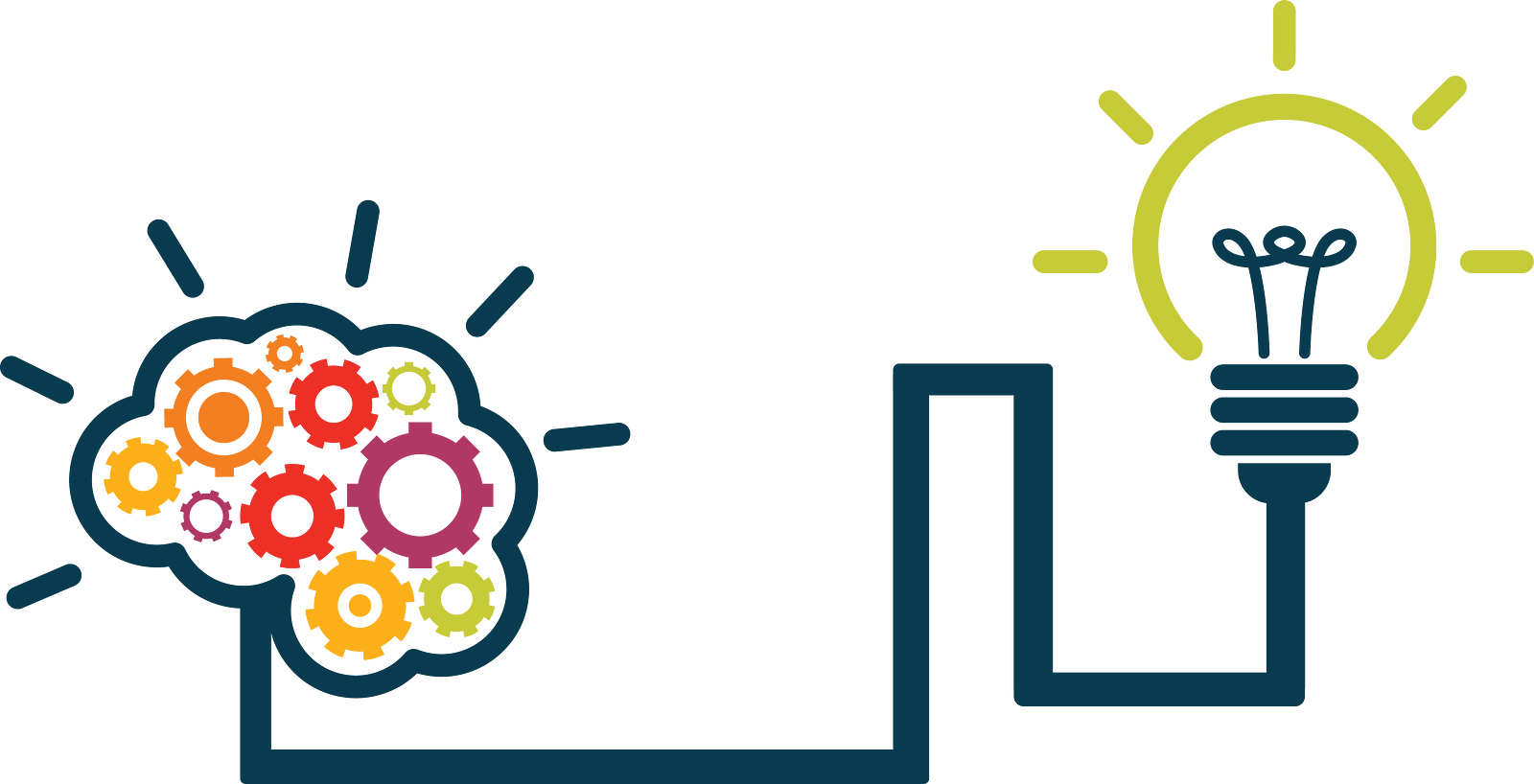DEFINING THE CORE CONCEPTS
APPROACH

It is all about to theoretical principal sand all the characteristics that represent the language learning and teaching; it is axiomatic.
METHOD


It is the plan (explicit) for the presentation of language material, in that way the method is procedural, it means it has steps to obtain an aim; it is impleplented through tecniques
METHODOLOGY

It's all about the actions or the practice that the teacher actually do in the classroom, taking into account the objectives given in each class lesson.
PROCEDURES

There are strategies that help the teacher to achieve the diferents objetives proposed during the class to undertand in short and long term the goals of the language, learning and teaching.
TECHNIQUES

These are a kind of tool we use to accomplish a class objective, the techniques are a consequence of approach and design.
PRACTICES


Those are evident through the classroom interaction, teacher's intention and how the learner interprets during the whole class.
PRINCIPLES


Are associated with disciplines such as linguistics, psychology, sociology, anthropology ... that provide theoretical bases of language for learning, planning and teaching.
STRATEGIES


They are a set of actions used to make work the class plan in a specific context.
DESING

It's the way to explai,apply and organize the theoritical development of the different themes, through the desing of the syllabus.
TACTICS

They are plans that help achieve the objectives or goals proposed in the classroom
CORRECTION:
WHAT'S THE IMPORTANCE OF THE TOPICS IN CHAPTER 4, FOR YOUR FUTURE PROFESSIONAL PRACTICE?
We think that this concepts are so important because it help us to have a base about our work, also this concepts orient us to carry out a teaching process within the framework that educators demand of us. In our professional live we must to plan our classes desinig, planning our activities with some strategies and decided our own method to teach taking into a count methodologies; and in this 4 chapter we could clarify the meaning of the concepts.
http://creately.com/diagram/example/jrvijj2f1
REFERENCE:
Kumaravadivelu, B. (2009). Chapter 4: Constituents and Categories of Methods. In Understanding language teaching: From method to post method (pp. 83-89). New York, NJ: Routledge.
REFERENCE:
Kumaravadivelu, B. (2009). Chapter 4: Constituents and Categories of Methods. In Understanding language teaching: From method to post method (pp. 83-89). New York, NJ: Routledge.


No hay comentarios.:
Publicar un comentario